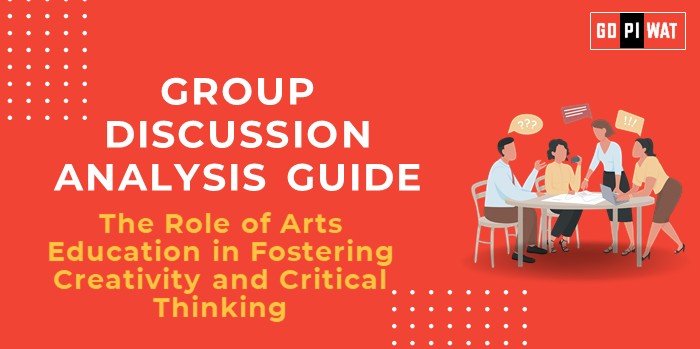🎨 The Role of Arts Education in Fostering Creativity and Critical Thinking
🌟 Introduction to The Role of Arts Education
Arts education fosters essential skills such as creativity and critical thinking, which are increasingly recognized as critical for personal and professional success in the 21st century. Globally, countries integrating arts into curricula have reported better academic outcomes and more innovative workforces.
Arts education encompasses various disciplines, including music, visual arts, drama, and dance, and has long been associated with holistic development. However, budget constraints and an emphasis on STEM fields often marginalize the arts. Recent trends highlight a resurgence, with studies affirming its value in developing emotional intelligence, teamwork, and problem-solving abilities.
📊 Quick Facts and Key Statistics
🎓 STEM + Arts = STEAM: 40% of Fortune 500 companies prioritize creativity derived from an arts-integrated curriculum.
🌍 Global Recognition: Countries like Finland and Singapore, leaders in education, integrate arts significantly into their K-12 systems.
💰 Economic Impact: The creative industries contribute over $2 trillion annually to the global economy, fueled by arts-driven innovation.
👥 Stakeholders and Their Roles
- 🏫 Educational Institutions: Implement diverse curricula that balance arts and STEM.
- 🏛️ Government Bodies: Fund arts programs and promote arts inclusion in national policies.
- 👨👩👧👦 Parents and Students: Advocate for balanced learning opportunities.
- 💼 Private Sector: Invest in arts education to foster a creative workforce.
- 🌐 NGOs and Cultural Organizations: Support underprivileged communities with access to arts programs.
🎯 Achievements and Challenges
✨ Achievements:
- 📘 Improved Academic Performance: Schools incorporating arts report higher student engagement and better literacy rates, as seen in Finland.
- 🎭 Enhanced Emotional Intelligence: Drama and music therapy programs improve conflict resolution skills.
- 💼 Boosted Employability: Creative thinking ranks as the top skill for 2025 by the World Economic Forum.
⚠️ Challenges:
- 💰 Budget Constraints: Many schools deprioritize arts due to limited funding.
- ⚖️ Inequality: Access to arts education often varies significantly between urban and rural areas.
- 🎓 Misconceptions: Arts are frequently undervalued compared to STEM disciplines.
🌍 Global Comparisons:
🇸🇬 Singapore: Integration of arts into all educational levels as part of a “future-ready” curriculum.
🇬🇧 UK: Decline in arts funding since 2010 highlights challenges in sustaining programs.
💡 Case Studies:
- 🇮🇳 Rajasthan, India: The “Kala Utsav” initiative in schools has resulted in a 15% improvement in student engagement.
🗣️ Structured Arguments for Discussion
- ✔️ Supporting Stance: “Arts education cultivates skills essential for navigating a complex, innovation-driven world.”
- ❌ Opposing Stance: “Resources allocated to arts could be better invested in STEM for tangible career outcomes.”
- ⚖️ Balanced Perspective: “While arts foster creativity, a balanced curriculum integrating arts and STEM ensures holistic development.”
💡 Effective Discussion Approaches
🚀 Opening Approaches:
- 🎨 Quote: “Art is not a luxury but a necessity for developing critical thinkers in today’s innovation-driven economy.”
- 📖 Global Example: “Countries excelling in education, like Finland, place equal emphasis on arts and academics.”
🛡️ Counter-Argument Handling:
- 🤝 Acknowledge STEM’s importance while arguing for the complementary role of arts.
- 💡 Highlight case studies where arts integration improved overall academic performance.
🔍 Strategic Analysis of Strengths and Weaknesses
- ✔️ Strengths: Enhances creativity, emotional intelligence, and team collaboration.
- ❌ Weaknesses: Limited funding and societal undervaluation.
- 🌟 Opportunities: Growing demand for innovative workers; global trend toward STEAM education.
- ⚡ Threats: Budget cuts, digital distractions, and unequal access.
🎓 Connecting with B-School Applications
📈 Real-World Applications: Links to leadership and teamwork case studies in management.
🤔 Sample Interview Questions:
- How can arts education contribute to leadership development?
- Discuss the role of creativity in managerial problem-solving.
✨ Insights for B-School Students:
- Value of creativity in entrepreneurship.
- Importance of balancing quantitative and qualitative skill sets in leadership roles.


